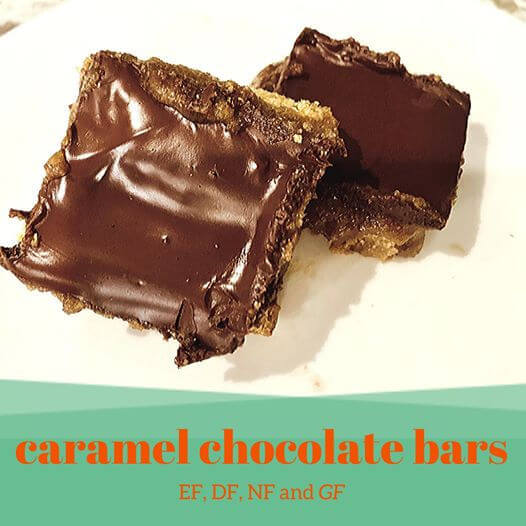Do Food allergies have considerable impact on parents’ social lives?
Up until recently I would have said that my son’s Food Allergies don’t actually affect my social life. His social life yes, and some things we do as a family, but not my social life. I now have a new perspective.
Just last month my son, Gavin, and I went with our closest friends (my friends and their sons whom Gavin has known his whole life) out to dinner in celebration of the boys impending birthdays. While the company was fantastic the food situation was not.
The restaurant management pretended to “know” food allergies and how to manage for them in their steakhouse meanwhile they suggested multiple food options to my son that contained eggs or was fish/shellfish. Our server was even worse. He was clueless about the food ingredients and appeared to care even less about discussing safe alternatives for Gavin.
While that was extremely frustrating and frankly appalling, I have come to expect minimal support from restaurants when it comes to food allergy safety. Albeit I would have hoped an upscale steakhouse in downtown Chicago could have done better.
The toughest part though was all the scrumptious, unsafe food that was ordered, discussed and savored by our friends. Now don’t get me wrong they were not insensitive at all, rather very sensitive, but they weren’t going to limit the pipping hot bread, oysters, and truffled Mac and cheese from their kids at this celebratory dinner and nor should they. So instead Gavin and I were off on our own food allergy island of steak and cooked carrots.
As we were sitting there I found myself regretting coming to dinner. Gavin was visibly uncomfortable and the more uncomfortable he became the more anxious I became. I wanted to swoop him up and take off for the nearest burger joint. Not only was he sitting at a table with multiple plates of life-threatening food but he was watching his friends devour it.
To make matters worse it dawned on me that likely this will be Gavin’s life always. It is not likely that he will outgrow his fish, shellfish, sesame, nut and even egg allergy at this point. This thought literally brought tears to my eyes. What I would give to take it away from him…and me.
I ran to the bathroom to gather myself. Eventually I did as I didn’t want to ruin the night for Gavin or me.
I reframed the situation and decided our dinner was an excellent learning opportunity for the future—dinners I won’t be attending as his guide or “food buddy.” Instead this evening was a taste of what eating out will look like for him in the future. Whether it is work dinners, dating or socializing with friends, our culture revolves around food. It is imperative that Gavin learns to be confident and comfortable in managing his food allergies while eating out. He must know how to navigate various eating environments safely and hopefully… joyfully.
In the end, we had a nice evening, all were safe and we left with Gavin having a new appreciation for steak!
Five key steps to eating out safely with Food Allergies:
- Vet the menu ahead of time
- Notify the restaurant staff that you will be dining there later and that when you arrive you would like to meet with the Manager to discuss your Food Allergies.
- Present the Manager and server with your Chef Card noting your food allergies.
- When ordering your food repeat your allergies to confirm your food selection is safe to eat.
- Once you receive your food, confirm with the server your menu item.
And ALWAYS bring your epinephrine!





